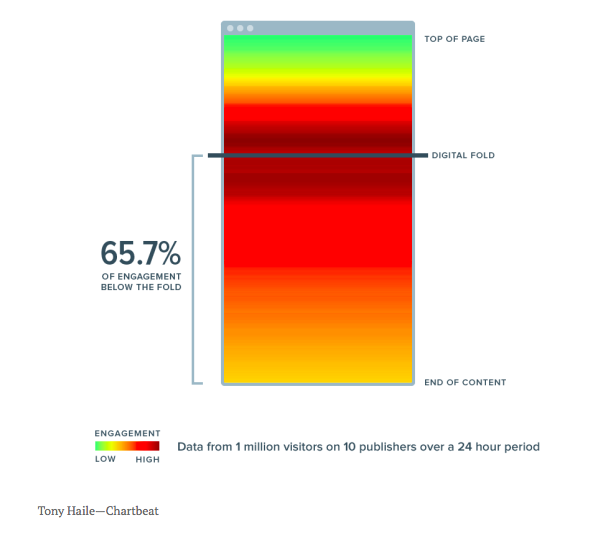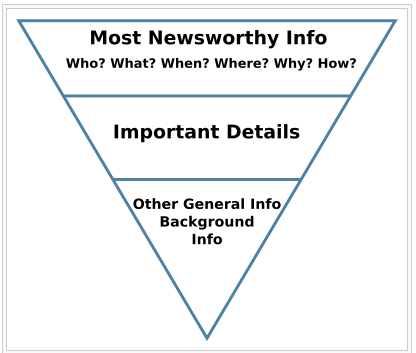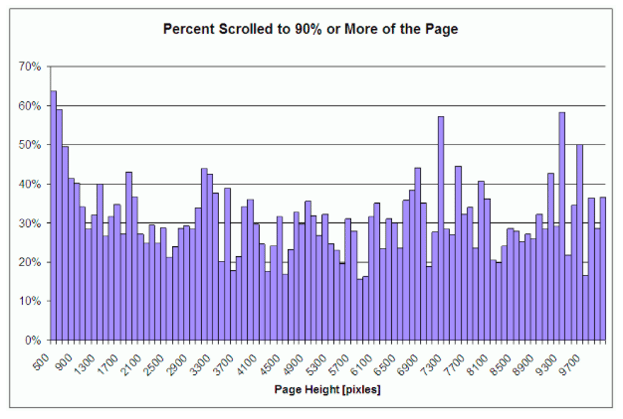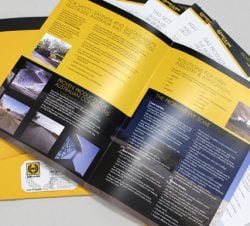I’m sure you’ve heard countless experts tell you to “keep it above the fold” when discussing the design of your website pages.
They were telling you that the important stuff had to be above the bottom of the screen or people wouldn’t see it.
Here’s a bit of history — what does ‘above the fold’ mean?
You wouldn’t remember this, but there used to be things in the ‘good old days’ called newspapers. To make them sell, the editors used to be very strict about the content that would show when they were laying, folded in half, on the newsstand.
That area of the paper was called “above the fold”, and this expression continued into digital marketing. Things had to be above the bottom of the screen to have half a chance of people seeing it.
In the mid-nineties, this was indeed a sensible approach.
People were not scrolling, and many heated debates were had — working out how to allocate that precious space “above the fold” in a website design, so that various elements wouldn’t fall into the abyss.
Nowadays, as this data from Time Magazine shows, it’s absolutely natural to scroll — and this has changed what you can do with your website design.
Where people are looking on website pages
Nowadays, if you have continuous and lengthy content, like product details, an article or a tutorial, scrolling provides even better usability than slicing up the text to several separate screens or pages.

It’s obvious isn’t it.
How many times have you been suckered in with some click-bait “You Won’t BELIEVE What These 17 Long Forgotten Movie Stars Look Like Now?” article, which you discover has been sliced up into 17 pages to try and expose you to mind-numbing banner ads as you grind your way through the misery.
You give up after three teeth-grinding pages.
And you’ll be reluctant to fall for such trickery again.
As the data shows, if you hadn’t been treated like an idiot and had been presented with the information on one page, you most likely would have been more engaged — and indeed scrolled down to see what Radar from M.A.S.H. really is up to these days.
So why are people scrolling further down the page?
As you’ll read in our informative eBook... ...more people are accessing websites by mobile devices than they used to.
...more people are accessing websites by mobile devices than they used to.
Not only that, but they are scrolling down further.
Just think about the way you use your own phone or tablet.
Do you just open a page and strictly look at the top without ever scrolling down?
Not likely.
If the content is good, is giving you what you wanted and is displayed neatly and clearly, you’ll be all over it… right to the bottom of the page.
And that habit has now changed the way you use your desktop computer. You are scrolling. And your customers are too.
How to keep the page’s experience compelling to draw the eye down
We now know that you don’t have to squeeze everything into the top of your homepage or above the fold.
Yay! It opens a new sense of liberation.
So now that the chains are off, what should you do?
To make sure that people will scroll, you need to follow certain website design principles and provide content that keeps your visitors interested.
Once again, we come full circle. Everything has changed and yet – as you’ll see in  – nothing has changed.
– nothing has changed.
In the days of yore, (with ink and paper), a good editor would think in the form of an Inverted Pyramid, with the most important parts towards the top of the page.
The idea was to get people engaged with the article, and then draw them down into the meat and potatoes.
Putting this thinking into your web page design is a reasonable strategy.
Content above the fold will still get the most attention, and is crucial for users in deciding whether your page is worth reading at all.
To draw them further down the page, place the absolute essential points above the fold, and then elaborate on them more completely further down the page. If the web copywriter has done a good job with the use of headings and sub-heads, then people will scroll down to get the information they need.

Hmmmm… I’ll have to be sure to check the scrolling data on this page to see if I’ve done a good job. But if you are scrolling down to read this, then we have achieved something, right?
And finally, to completely do your head in, where is the ‘fold’ anyway?
It’s a really good thing that people are scrolling. Otherwise, trying to keep things ‘above the fold’ would completely bring you undone.
The reason?
As this data from Clicktale shows, the actual position of the fold is a moving feast, depending on:
- The device being used,
- The way the browser interprets the page and
- Even the amount of ‘zoom’ that the user has applied.
As you can see, the position of the fold on the X axis is shown in pixels, and vary considerably between 500 and 9,700.

The percentage of people who scrolled to more than 90% of the page is the Y axis, and while there are some blips and bumps, the overall picture is clear.
No matter where the fold is on their screen, they are scrolling past it to get to the goodies that they want.
The lesson is: relax.
Yes, you still have to think carefully about the placement of CTAs (Calls To Action), and you want to plan your website content so as to engage people and draw them down your page. But you no longer have to have your entire website design strategy ruled by being above the fold.
Want some help?
If you want help with your website design, call us on (07) 3891 3800. You’ll be happy and delighted to know that we won’t necessarily tell you that “you need a new website”.
The first thing we’ll do is look at the existing Analytics data to see what’s REALLY happening. It may well be that minor optimisation will work wonders. Or perhaps some good thinking about engagement and how your customers walk through the Buyer’s Journey will significantly improve the results you are enjoying.




















